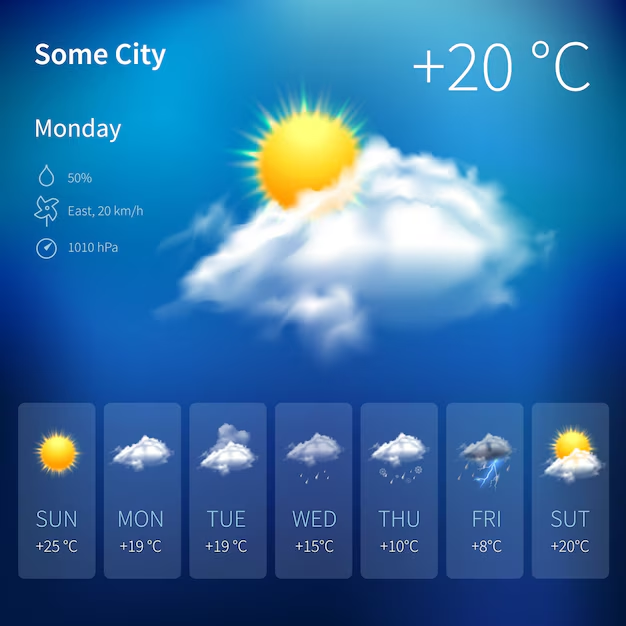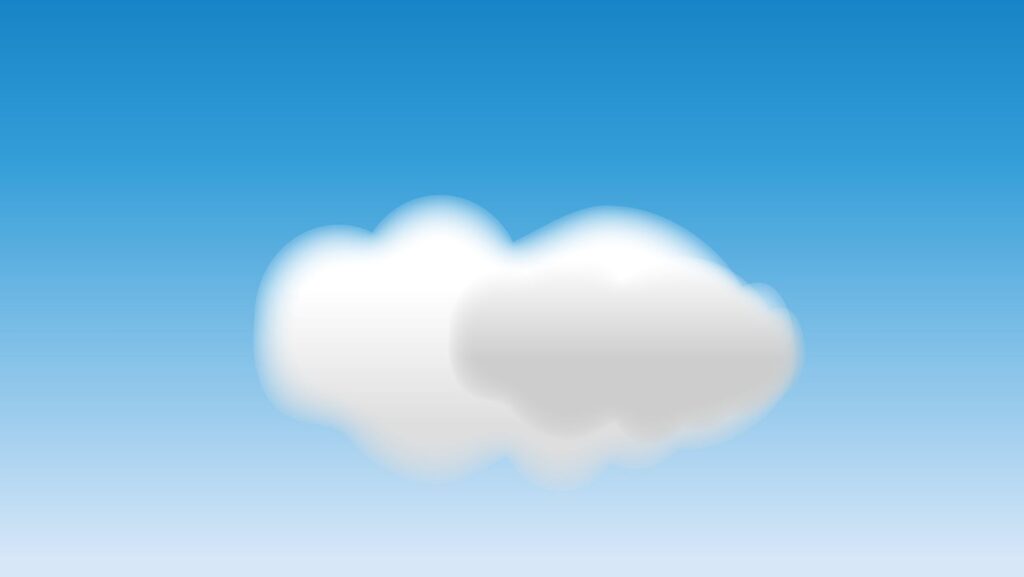Weather affects everything. It shapes commutes, disrupts supply chains, and forces last-minute wardrobe changes. Thus, knowing what’s coming isn’t just about being convenient; it’s about being in control.
Businesses lose millions when they get it wrong. Furthermore, farmers need accurate forecasts to decide when to plant and harvest.
Even a simple walk outside is a gamble without the right information.
Moving on, data has changed how we think about the weather. It’s not just about stepping outside and deciding whether to bring an umbrella. Satellites, sensors, and algorithms turn unpredictable skies into readable patterns.
However, information is only valuable when used correctly. Knowing how to read forecasts and apply them makes all the difference. Many ignore the data until disaster strikes; by then, it’s too late. Thoughtful planning prevents unnecessary headaches and costly mistakes.
This article lists ways to use weather monitoring data for better decision-making.
Using for Travel and Logistics
Airlines rely on weather monitoring for storms, wind, and pressure changes. Knowing that helps businesses and travelers avoid costly disruptions. A rescheduled flight is better than a last-minute cancellation.
Moreover, truckers use forecasts to route around bad weather and save time and fuel. Even daily commutes benefit from checking the weather before you leave. A little planning makes all the difference.

Supply chains get hurt when businesses don’t plan for bad weather. A factory waiting on a shipment can’t be caught off guard by a blizzard. Supermarkets scramble when produce doesn’t arrive on time. Thus, tracking weather patterns and adjusting delivery schedules keeps everything running smoothly and on time.
Ignoring forecasts is stressful for personal travel, too. Planning a trip without checking the weather can be a disaster. Rainy roads cause accidents, and fog delays flights. Checking the forecast isn’t just about what to pack. It’s about when to leave, what route to take, and when to reschedule.
However, always ensure you use a reliable and trusted weather monitoring platform to get the most appropriate data, as incorrect data can put you in a challenging situation.
Long-Term Planning
Weather monitoring isn’t just about now; it’s also a long-term resource.
Climate data can show patterns and trends that help you make informed decisions about everything—from home maintenance to career choices. For example, if you live in a hurricane-prone area, you might invest in storm shutters or consider moving to a safer area.
Moreover, long-term weather trends can influence strategic decisions for businesses, too. A business that relies on outdoor tourism might use climate data to diversify its offerings or expand into new markets.
Energy companies can also use weather patterns to optimize production and distribution for a stable supply even in extreme conditions. Even governments use weather monitoring for infrastructure projects and disaster preparedness. Building codes, flood defenses, and emergency response plans are all shaped by historical and predictive weather data.
Overall, you can build a more resilient future by incorporating this into your long-term plans.
Planning Ahead
Weather data shows you what’s coming. That gives you time to adjust before the problems arise. For example, planning an outdoor event is more than just checking the forecast. You must look at wind speed, humidity, and precipitation probability trends. That way, you can move the event indoors or reschedule it altogether.

Furthermore, farmers use weather data, too. Detailed forecasts help them decide when to plant, irrigate, and harvest. A sudden frost or surprise rain can ruin crops. However, with accurate data, you can take precautions like covering plants or adjusting irrigation schedules. That way, you protect your investment and get a better yield.
Weather data makes a difference even in daily life. Knowing a snowstorm is coming lets you stock up on groceries, charge your devices, and avoid unnecessary travel. That kind of foresight turns potential chaos into routines.
Preparing for Extreme Weather Events
Storms don’t arrive unannounced anymore. Tornadoes, hurricanes, and floods give us warning signs.
Weather monitoring tracks those patterns so we have time to prepare. A timely evacuation saves lives. In addition, stocking supplies before a storm hits ensures you don’t panic at the last minute.
Using weather data to anticipate extreme weather makes it more manageable.
Businesses that ignore weather risks get hit the hardest. Power outages shut down factories, and flooded roads stop delivery. One bad storm can cost millions. However, companies that use weather forecasts to plan, minimize damage.
For individuals, early warning makes a difference. A storm headed for the coast doesn’t have to catch you off guard. Check your forecast regularly, and an emergency becomes an inconvenience. Know when to evacuate, stock up, and when to stay put, and extreme weather is survivable. There’s no reason to be surprised when the information is already out there.
Enhancing Safety Measures
Weather monitoring isn’t just about being convenient; it’s about being safe. Severe weather events like hurricanes, tornadoes, and floods can be deadly, but early warning based on data gives you time to get out or find shelter. Ignoring those warnings is reckless and a gamble with your life and the lives of those around you.

Weather is part of the safety protocol for businesses. Construction sites monitor wind speed and lightning risk for workers. Airlines use weather data to reroute flights and avoid turbulence so passengers are safe. By including weather in your safety plans, you can minimize risk and create a safer environment for everyone involved.
Even on a smaller scale, weather data can benefit daily activities like commuting. Slippery roads, reduced visibility, and extreme temps can turn a simple drive into a risk. Check the forecast before you leave, and you can choose the safest route or postpone your trip.
Conclusion
Weather data is more than numbers on a screen; it’s a game changer. By planning, being safer, saving time and money, supporting long-term goals, and being more environmentally aware, you can turn weather unpredictability into an advantage.
Next time you check the forecast, remember you’re not just looking at the weather; you’re looking at a chance to make better decisions. And in a world where so much is out of our control, that’s something to hold onto.
